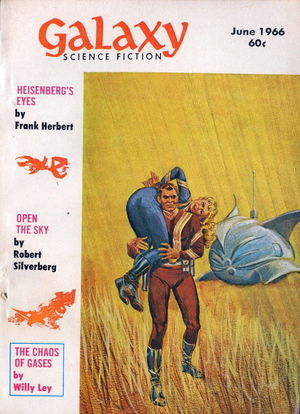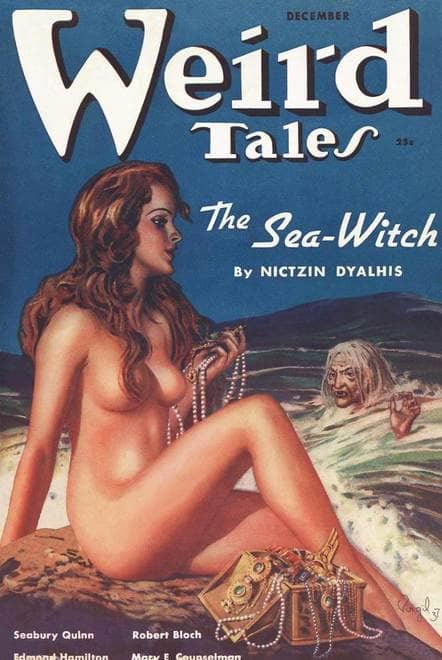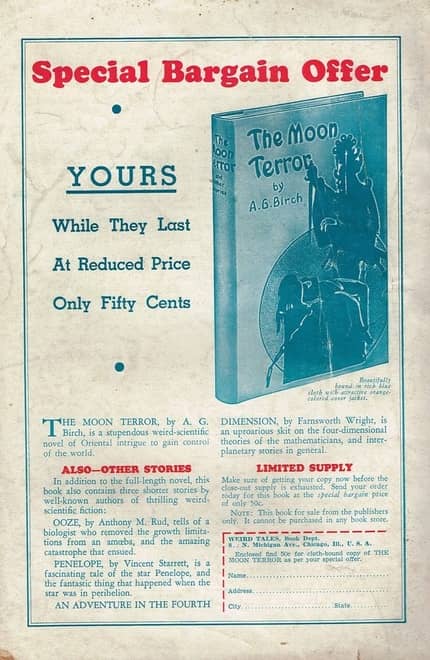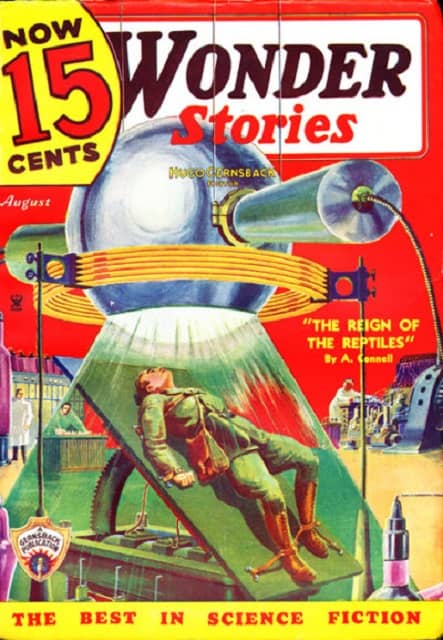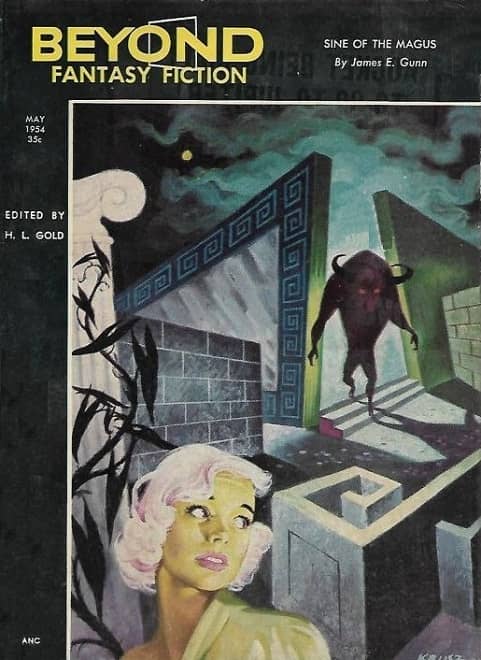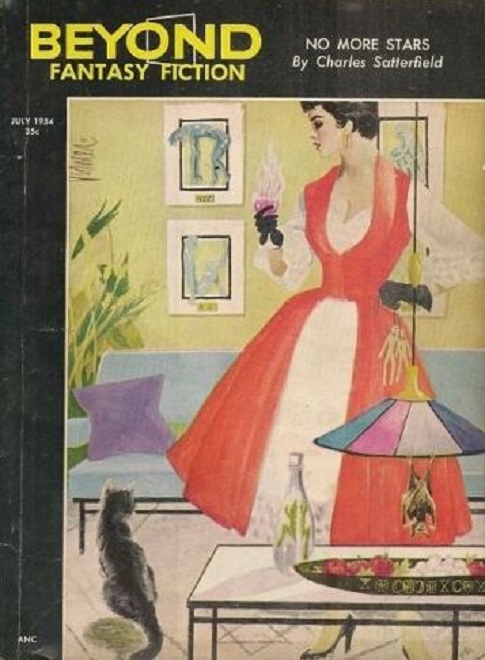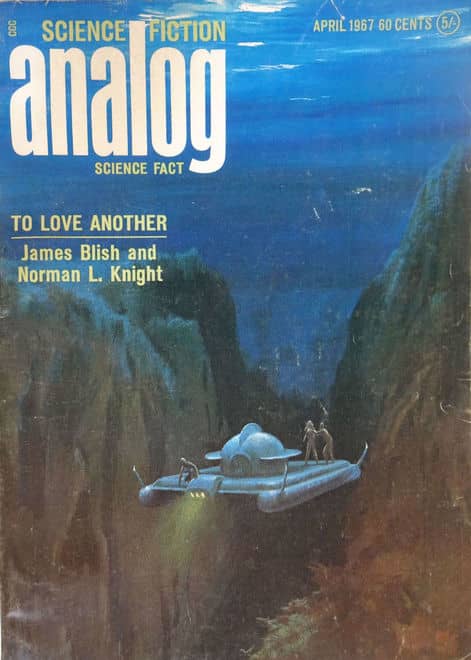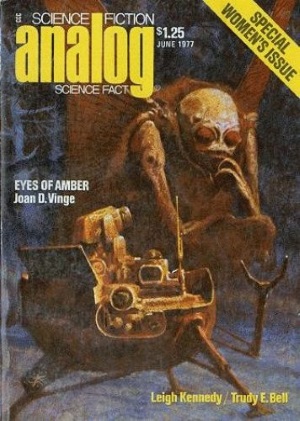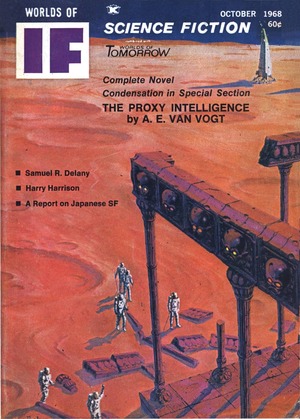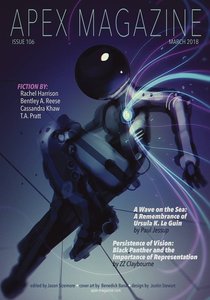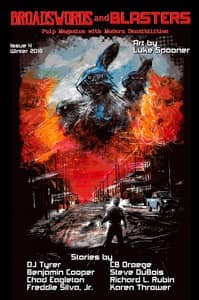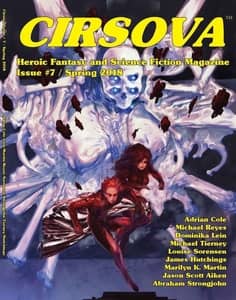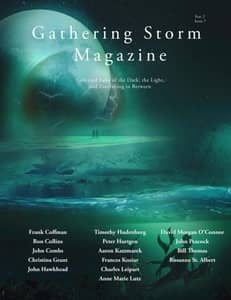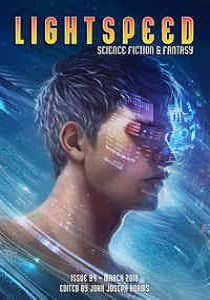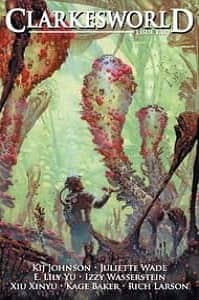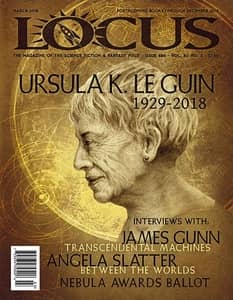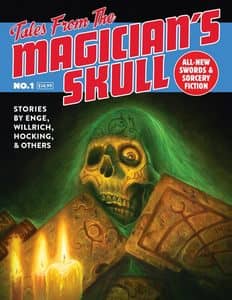Birthday Reviews: Henry Kuttner’s “Ghost”
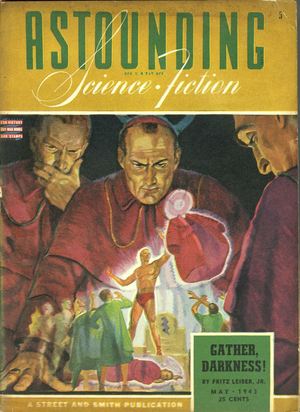
Henry Kuttner was born on April 7, 1914 and died on February 4, 1958. From 1940 until his death in 1958, he was married to science fiction author C.L. Moore. The two had their own careers and also collaborated, although they claimed that they each worked on all of the other one’s stories, sitting down and continuing whatever was in the typewriter at the time. Kuttner (or Moore/Kuttner) also used the pseudonyms Lawrence O’Donnell, C.H. Liddell, and Lewis Padgett.
In 1956, their collaboration “Home There’s No Returning” was nominated for the Hugo for Best Novelette and Kuttner was nominated for two Retro Hugos in 2014 for his novelette “Hollywood on the Moon” and the novella “The Time Trap.” In 2004, he and Moore were named the Cordwainer Smith Rediscovery Award recipients.
“Ghost” was first published in Astounding Science Fiction in May 1943, edited by John W. Campbell, Jr. and credited only to Kuttner. Kuttner reprinted it a decade later in his collection Ahead of Time. In 2005, it appeared in the Centipede Press collection Two-Handed Engine. The story has been translated into French, where it was credited to Kuttner and Moore, as well as Italian, where it was only credited to Kuttner.
In “Ghost,” Kuttner attempts to do quite a bit, which means that he only succeeds at some of it. The story is about a modern ghost, perhaps the first real ghost in history, haunting a research facility in Antarctica. Elton Ford has been sent down to investigate what is causing the men assigned to the base to go insane. Ford arrives to find the base’s sole caretaker Larry Crockett. The main lesson of the story, given the set up, is that perhaps having a single man in an isolated research base might not be the best idea, although we see it even in the present day in films such as Moon. That, however, is not where Kuttner takes his story.
